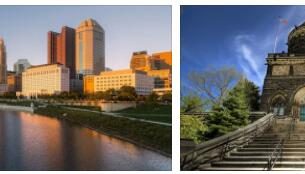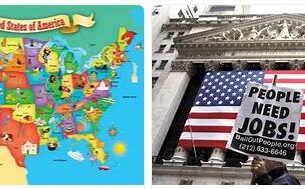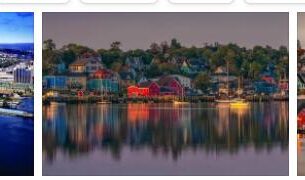The Second World War strengthened relations with the USA, to which the country was bound by defense agreements and by joining the Atlantic Pact. This made it urgent for Canada to safeguard its political and economic individuality as a state. This problem and that of the relations between Anglophone and French-speaking Canadians constitute the two nodes of the current history of Canada. According to computerannals, Pierre Trudeau’s liberals held power continuously from 1968 to 1979, when Joe Clark’s conservatives took over. But after just one year, in 1980, the liberals returned to power. In 1984 Trudeau withdrew from active politics, leaving the leadership of the government and the Liberal Party to John Turner. Shortly after, however, Turner was beaten by the head of the Progressive Conservative Party, Brian Mulroney, who in September 1984 assumed the office of premier, later reconfirmed in 1988. Significant acts of his government were: the “Lake Meech Agreement” (1987), for a broad autonomy to Québec, and NAFTA, free trade treaty with the United States (1989) for the abolition of all customs duties. Overwhelmed by the negative outcome of the 1992 referendum, concerning the constitutional reform for the Québec “separate company” statute and the new division of powers between Ottawa and the provinces, Mulroney resigned in 1993, replaced by Avril Phaedra (“Kim”) Campbell. The general elections of 1993, with the affirmation of the liberals and the flattering result obtained by the Bloc québecois (54 seats), revived the independence debate. The new prime minister, the liberal Jean Chrétien, inaugurated his government with the entry into force of NAFTA and the unknown factor constituted by the French-speaking province, where the 1994 elections had marked another triumph of the independence party. Despite the previous electoral victories, with the referendum of 1995 the separatists did not obtain the autonomy of Québec. In 1997 the French-speaking province asked the Supreme Court of Ottawa for the right to separate unilaterally, which was denied it the following year. The premier In the meantime, Chrétien, in order to strengthen his unionist position, dissolved the House of Commons in advance and announced, for June 1997, new elections, which reconfirmed him as prime minister while reducing his party in any case. The Canadian public opinion grew in favor of the Liberal Party, Chrétien, to exploit the advantage of his party and to prevent the consolidation of the new opposition formation, the Canadian Alliance. time, early political elections, which reconfirmed his third term. In December 2003 Chrétien resigned from the leadership of the government and was replaced by the new leader of the Liberal Party: Paul Martin, who was confirmed by the legislative elections of June 2004, even if his party lost an absolute majority in Parliament. In November, the House of Commons voted no confidence in the Martin government, which was involved in a scandal for embezzlement of public funds. This led to early legislative elections for January 2006, which were won by the conservatives of Stephen Harper, who was appointed prime minister. In October 2008, the Conservatives were still winning early legislative elections, strengthening the prime minister’s minority government. In March 2011, Harper resigned after having presented the budget law to the Ottawa parliament, which was rejected by the assembly; in the following early elections in May, the outgoing premier won the majority of seats, while the neo-democrats became the largest opposition party. In October 2015, the Liberal Party of Canada led by Justin Trudeau won the legislative elections, defeating the conservative party of outgoing premier Stephen Harper. The elections of October 2019 saw the reappointment of J. Trudeau at the helm of the country with 156 seats against the 122 obtained by the conservatives. Despite the good results recorded by the Canadian economy, in 2019 Trudeau’s government suffered a decline in popularity following the outbreak of a scandal linked to the pressure exerted by the president on a member of his government to favor a construction company. Trudeau at the helm of the country with 156 seats against the 122 obtained by the conservatives. Despite the good results recorded by the Canadian economy, in 2019 Trudeau’s government suffered a decline in popularity following the outbreak of a scandal linked to the pressure exerted by the president on a member of his government to favor a construction company. Trudeau at the helm of the country with 156 seats against the 122 obtained by the conservatives. Despite the good results recorded by the Canadian economy, in 2019 Trudeau’s government suffered a decline in popularity following the outbreak of a scandal linked to the pressure exerted by the president on a member of his government to favor a construction company.




